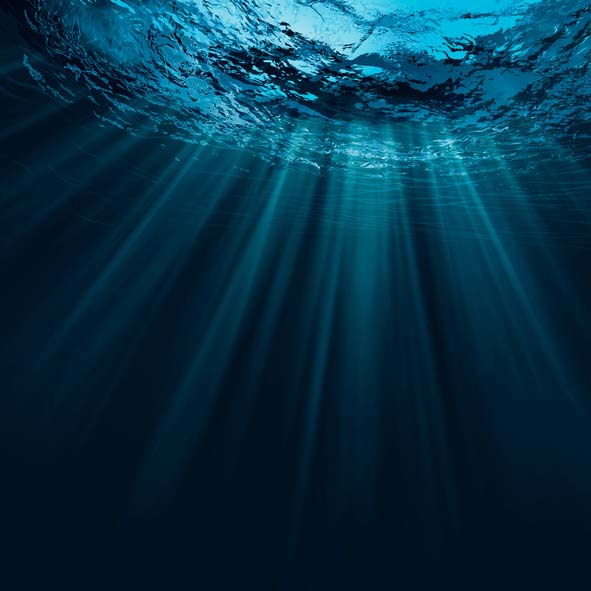 Making an overseas phone call? Using cloud computing? If so, there’s a 99 percent chance your call or message is being carried by an undersea fiber optic cable.
Making an overseas phone call? Using cloud computing? If so, there’s a 99 percent chance your call or message is being carried by an undersea fiber optic cable.
Now, new research with lasers may let service providers “push” even more data through these cables to help meet the booming demand for transmission between North America and Europe. In fact, this new method could even increase network capacity without requiring new ocean cables, which can cost hundreds of millions of dollars to manufacture and install.
Setting A New Standard
A research team from Infinera has set a new efficiency standard for transatlantic fiber optic cables. Testing 16QAM modulation – a new approach to transmitting light signals — the group not only shattered efficiency records for data transfer. They nearly doubled data capacity and approached the assumed upper limit for this type of transmission.
The team managed to extend record-setting capacity across the Atlantic Ocean using the MAREA transatlantic cable. This cable spans approximately 4,104 miles (6,605 kilometers) from Virginia Beach, Virginia, to Bilbao, Spain. Partially funded by Facebook and Microsoft, MAREA now holds the record for the highest-capacity cable crossing the Atlantic Ocean.
Skyrocketing Demand
The need for new and better optical fiber and fiber optic cables has constantly grown since the first undersea trans-Atlantic cable was installed back in 1858. Because of the move to cloud-based computing, that demand has skyrocketed over the past decade.
It’s important to note that while this was the first time that PM-16QAM signals were sent over this distance, the team combined equipment readily available to the industry with high-speed lasers to make the transmission. The team generated signal speeds reaching 26.2 terabits per second, a 20 percent increase over what cable developers believed was possible.
Even More Good News
This experiment delivered results much the same as next-generation chip sets from other vendors that use a different technique called probabilistic constellation shaping (PCS). According to the research team, the good news for service providers is that the new technique can be combined with PCS for even faster speeds in the future.
The group presented their research results at OFC 2019 in San Diego.
Tags: fiber optic cables, MAREA, submarine cable, subsea cable

